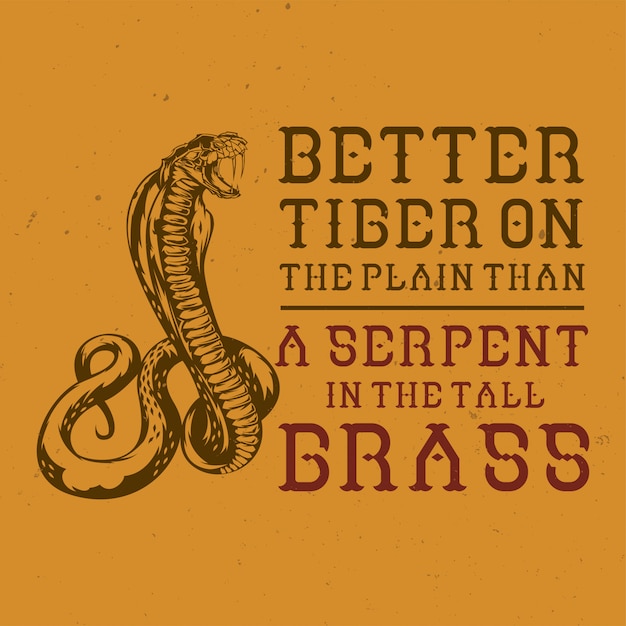

Snakes are fascinating creatures with a mysterious aura.
The skin of snakes is covered in scales that help them move smoothly.
Some snakes can grow up to 30 feet long, like the reticulated python.
Snakes use a unique form of movement called slithering.
Despite their lack of limbs, snakes are excellent hunters.
Snakes have a specialized jaw that allows them to eat prey larger than their head.
Some snakes, like the black mamba, are the fastest land-dwelling serpents.
The largest venomous snake is the king cobra, reaching lengths of up to 18 feet.
Snakes have flexible jaws, enabling them to swallow prey larger than their head.
Many snakes lay eggs, while some give live birth to their young.
The inland taipan has the most potent snake venom in the world.
Certain snake species, such as the green tree python, are known for their vibrant colors.
Snakes have a highly developed sense of smell facilitated by a special organ called the Jacobson’s organ.
Snakes are ectothermic, meaning they rely on external sources to regulate their body temperature.
Contrary to popular belief, not all snakes are venomous.
Cobras are famous for their characteristic hood, which they display to intimidate threats.
Some snakes, like the boomslang, have rear-facing fangs to deliver venom more effectively.
Snakes shed their skin periodically in a process called ecdysis.
Snakes can go without food for weeks or even months, depending on the species.
The black mamba is renowned as one of the deadliest snakes in Africa.
Certain snake species, such as the anaconda, are excellent swimmers.
Snakes have a unique ability to dislocate their jaws while consuming large prey.
The anaconda is the heaviest snake, capable of reaching weights exceeding 200 pounds.
Snakes rely on their forked tongue to sense chemicals in the environment, helping them locate prey.
The king cobra can raise its body off the ground, creating a height advantage to intimidate threats.
Certain snake species, like the reticulated python, can consume prey as large as a deer or pig.
The Gaboon viper holds the record for having the longest fangs of any venomous snake.
Some snakes, like the sidewinder, have evolved unique methods of locomotion to traverse sandy environments.
Snakes have excellent camouflage abilities, allowing them to blend seamlessly into their surroundings.
Some species of sea snakes have adapted to a marine lifestyle and are highly venomous.
The rattlesnake gets its name from the rattle located at the end of its tail, which it uses as a warning signal.
Snakes have a specialized heat pit organ that aids them in detecting warm-blooded prey.
The coral snake possesses one of the most potent venomous bites, although it is relatively rare.
Snakes play important ecological roles by controlling pest populations in various ecosystems.
The reticulated python holds the record for being the longest snake in the world, capable of reaching over 30 feet.
Certain snake species, such as the boa constrictor, use constriction to suffocate and overpower their prey.
The green mamba possesses toxic venom that can cause paralysis and respiratory failure.
Snakes are known for their ability to unhinge their jaws to swallow prey whole.
The scales on a snake’s belly are specialized to aid in movement and gripping surfaces.
The Indian cobra is famous for its iconic hood and is native to the Indian subcontinent.
Some snake species, like the king snakes, are immune to the venom of other venomous snakes.
The garter snake is a common sight in North America and plays an essential role in controlling rodent populations.
Snakes have unique adaptations that allow them to thrive in various habitats, from deserts to rainforests.
The black mamba, despite its name, is actually brown or olive-green in color.
Snakes are ancient creatures that have existed for millions of years, surviving and thriving throughout different eras.
Around the world, coffee enthusiasts enjoy Monin coffee concentrate since it is a multipurpose product. Conveniently combining…
The Importance of Choosing the Right Shower for Your Bathroom Renovating your bathroom can be…
Usain Bolt holds the record for the fastest 100-meter sprint in history.Bolt was named Sportsman…
Love is in the air... and it smells suspiciously like chocolate!Roses are red, violets are…
Life's a beach, take a picture and relax.Sun, sand, and salty kisses. That's what beach…
Hungary is home to the largest thermal water cave system in the world.The Rubik's Cube…